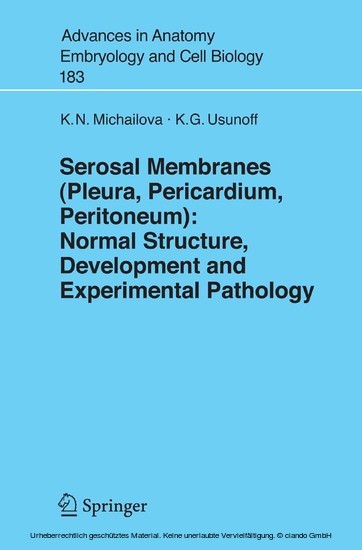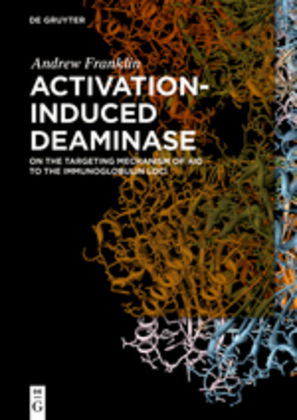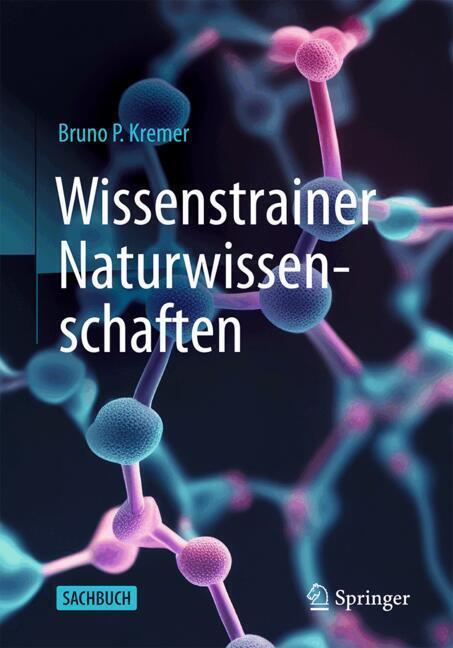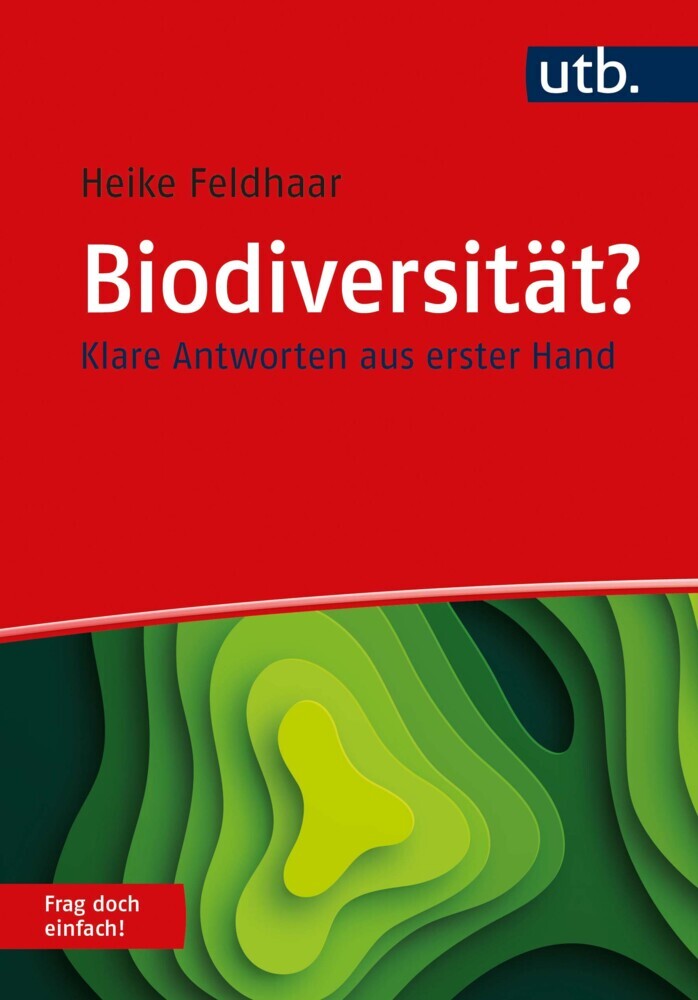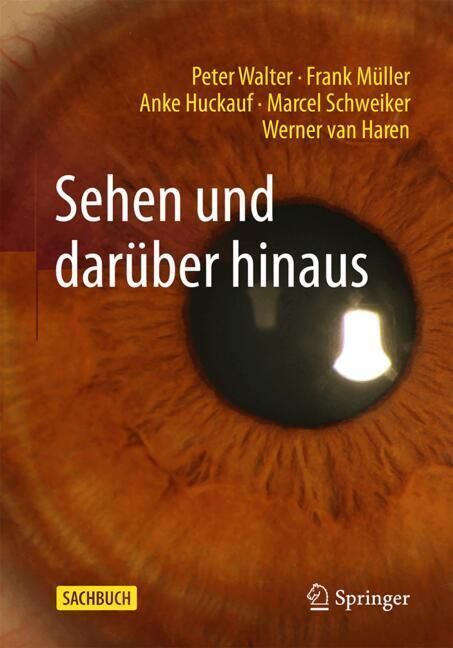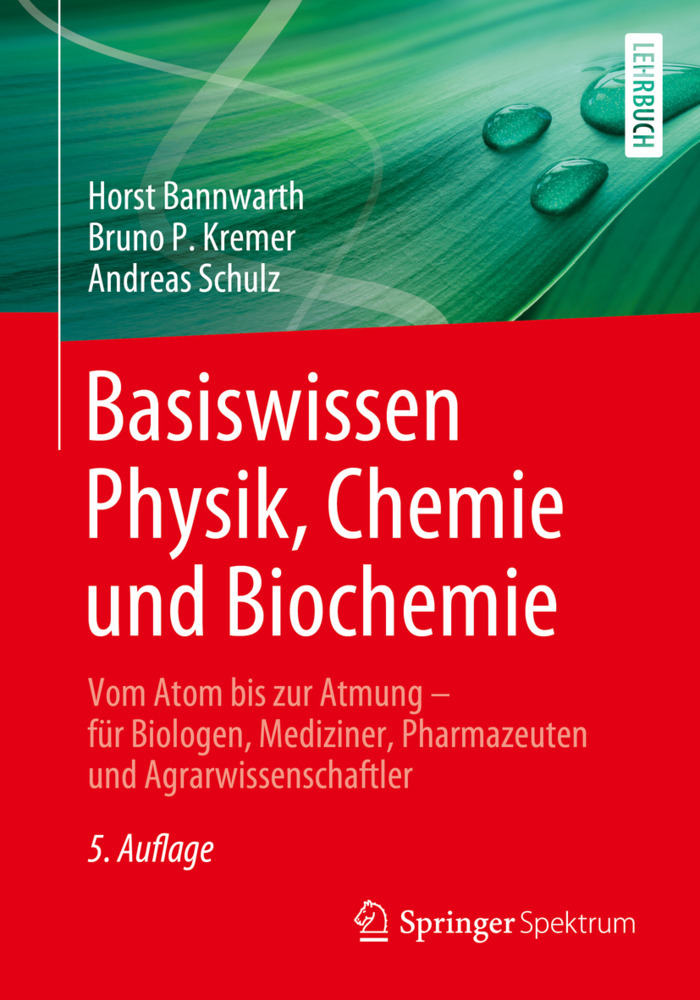Serosal Membranes (Pleura, Pericardium, Peritoneum)
Normal Structure, Development and Experimental Pathology
The coelomic cavities are covered with serosal membranes: peritoneum, pleura, pericardium and tunica vaginalis testis. The present review compiles data, on their normal structure, development and involvement in pathologic processes. The authors add also results on the ultrastructure of the parietal pleura, peritoneum and pericardium and visceral sheets of the different organs as well in transitional areas between them in man and experimental animals (rat, cat, rabbit, guinea pig, mouse, ground squirrel). By transmission and scanning electron microscopy they distinguish three basic types of relief on both serosal sheets, organs and their different regions. The authors provide a comprehensive description of the main components of the SM involving: mesothelium, an underlying basal lamina and submesothelial connective tissue layer.
Mesothelial Cells. Surface Membrane Specializations
Stomata
Milky Spots
Transport Across the Serosal Membranes
Secretory Functions of the Mesothelium with Special Reference to Fibrinolysis
Healing and Regeneration. Serosal Adhesions
Response to Inflammation
Effects of Peritoneal Dialysis
Material and Methods
Material (A) Animals (B) Human
Methods
Results
General Organization of the Human and Animal Serosal Membranes
Development of the Pleura
Horseradish Peroxidase Transfer Across the Serosal Membranes
The Injured Serosal Membranes and Their Response
Discussion
Normal Structure of the Serosal Membranes
Prenatal and Postnatal Development of the Pleura
Transport across the Serosal Membranes
Injured Serosal Membranes and Their Recovery
Summary
References
Subject Index.
General Remarks. Main Functions of the Serosal Membranes
Common Organization of the Pleura, Peritoneum and PericardiumMesothelial Cells. Surface Membrane Specializations
Stomata
Milky Spots
Transport Across the Serosal Membranes
Secretory Functions of the Mesothelium with Special Reference to Fibrinolysis
Healing and Regeneration. Serosal Adhesions
Response to Inflammation
Effects of Peritoneal Dialysis
Material and Methods
Material (A) Animals (B) Human
Methods
Results
General Organization of the Human and Animal Serosal Membranes
Development of the Pleura
Horseradish Peroxidase Transfer Across the Serosal Membranes
The Injured Serosal Membranes and Their Response
Discussion
Normal Structure of the Serosal Membranes
Prenatal and Postnatal Development of the Pleura
Transport across the Serosal Membranes
Injured Serosal Membranes and Their Recovery
Summary
References
Subject Index.
Michailova, Krassimira N.
Usunoff, Kamen G.
| ISBN | 9783540280453 |
|---|---|
| Artikelnummer | 9783540280453 |
| Medientyp | E-Book - PDF |
| Copyrightjahr | 2006 |
| Verlag | Springer-Verlag |
| Umfang | 144 Seiten |
| Sprache | Englisch |
| Kopierschutz | Digitales Wasserzeichen |

